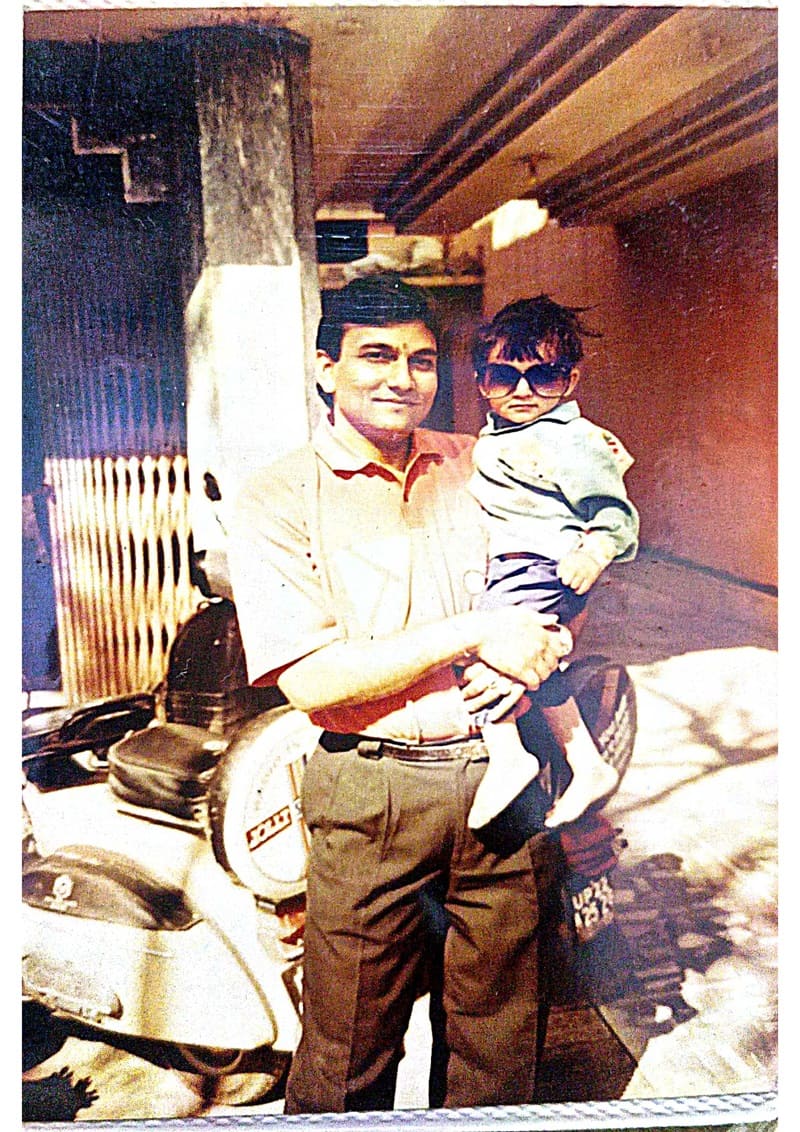The last month of 2024 has arrived, and with it comes the realization of how quickly the year has passed. It feels like only yesterday when January stretched out with the promise of new beginnings, yet here we are, staring at the final 31 days. This point in the calendar often brings a mix of urgency and reflection. The days are long, filled with their share of tasks and routines, yet the months and years feel as though they blur together, leaving behind a curious mix of memories and unfinished plans. Time has a way of slipping through our hands, even as we live fully within it, making moments like this an opportunity to pause and recalibrate.
December holds a unique potential. Despite being at the end of the year, it offers a fresh chance to focus, regroup, and make a tangible difference. Whether it’s tackling a long-postponed goal, deepening personal commitments, or wrapping up professional objectives, this month carries the momentum of everything that came before it. A lot can be accomplished in just a week, let alone an entire month, if there’s a clear target in mind. What matters most is the willingness to act and the discipline to carry that intention forward. The calendar’s symbolic reset in January shouldn’t be the only motivation; there’s still plenty of room in December to make meaningful progress.
That said, it’s important to recognize that productivity isn’t the only measure of value. The passage of time also calls for introspection. Taking stock of what worked, what didn’t, and what might be done differently can be just as impactful as achieving tangible results. Sometimes, the simple act of slowing down and appreciating the quieter moments can offer clarity that fuels the next steps. With the year winding down, there’s a natural pull toward both action and thought, a duality that can guide how these final days are spent.
As the clock ticks toward the new year, there’s a quiet strength in knowing that time continues, with its steady rhythm, whether we rush through it or pause to take it in. The last month of 2024 is not just an end but also a reminder that the passing of time is what we make of it. Whether the focus is on achievement or reflection, this closing chapter holds the same potential as any other month—perhaps even more so because it invites us to take deliberate, thoughtful steps forward.

